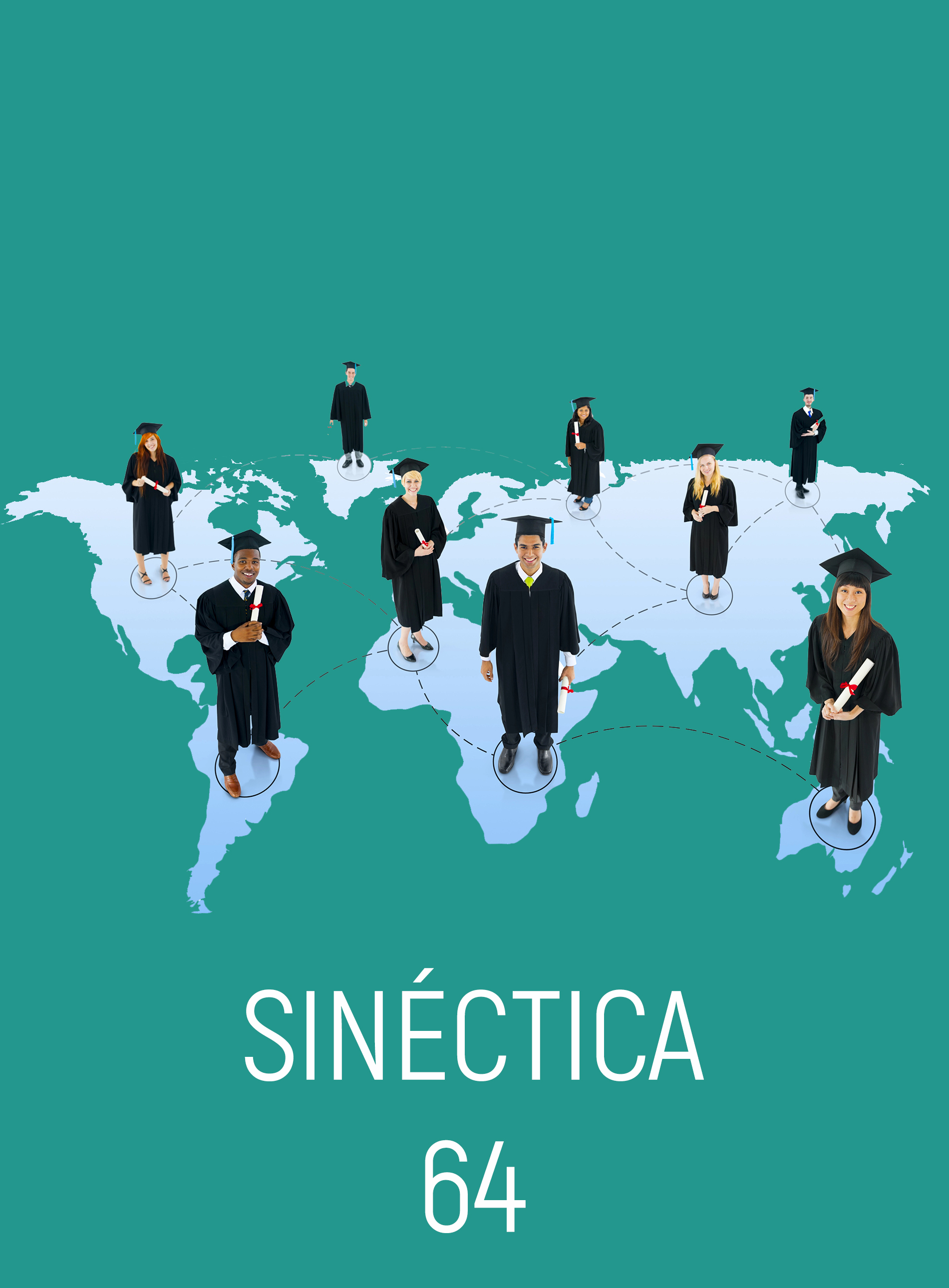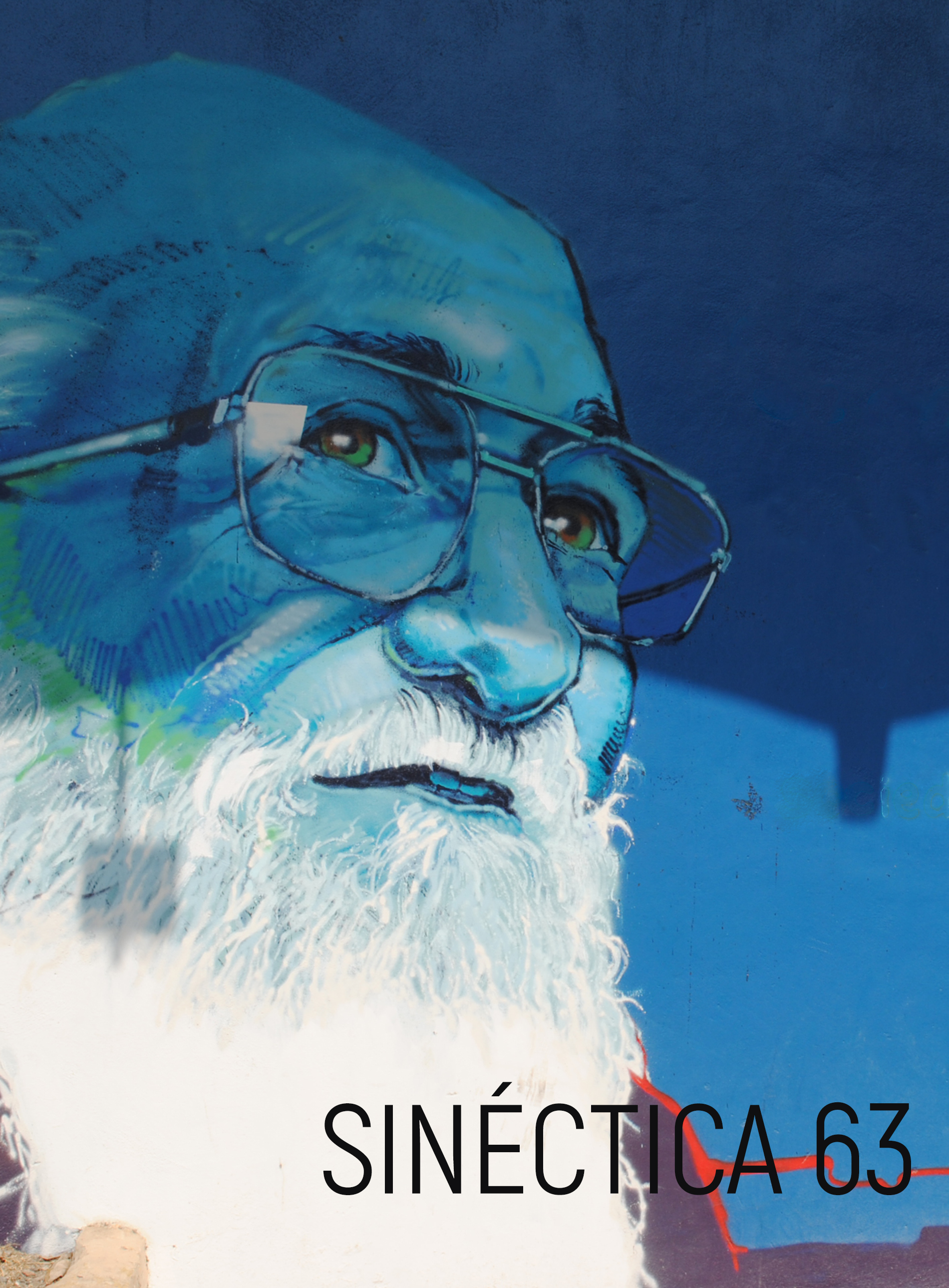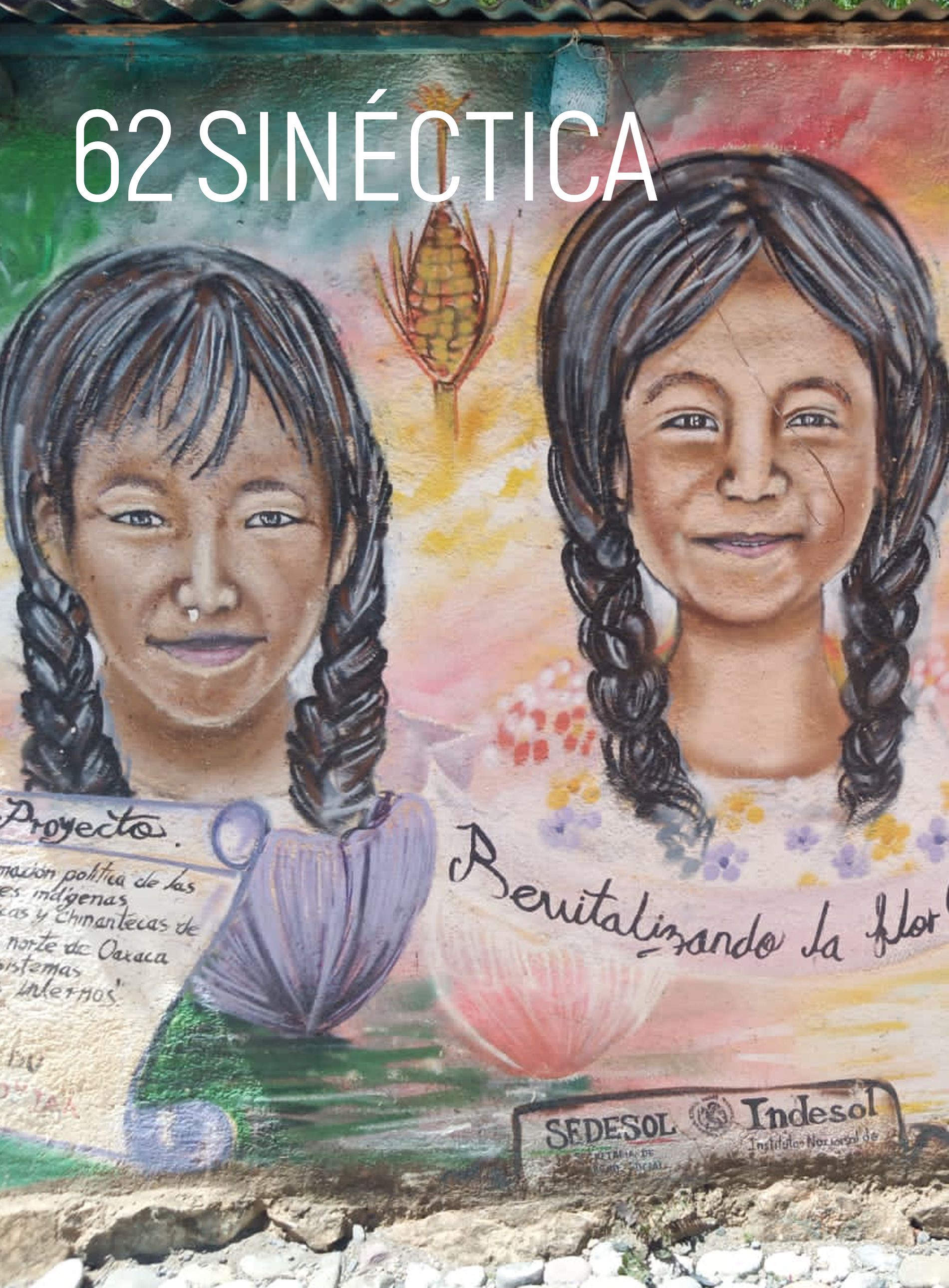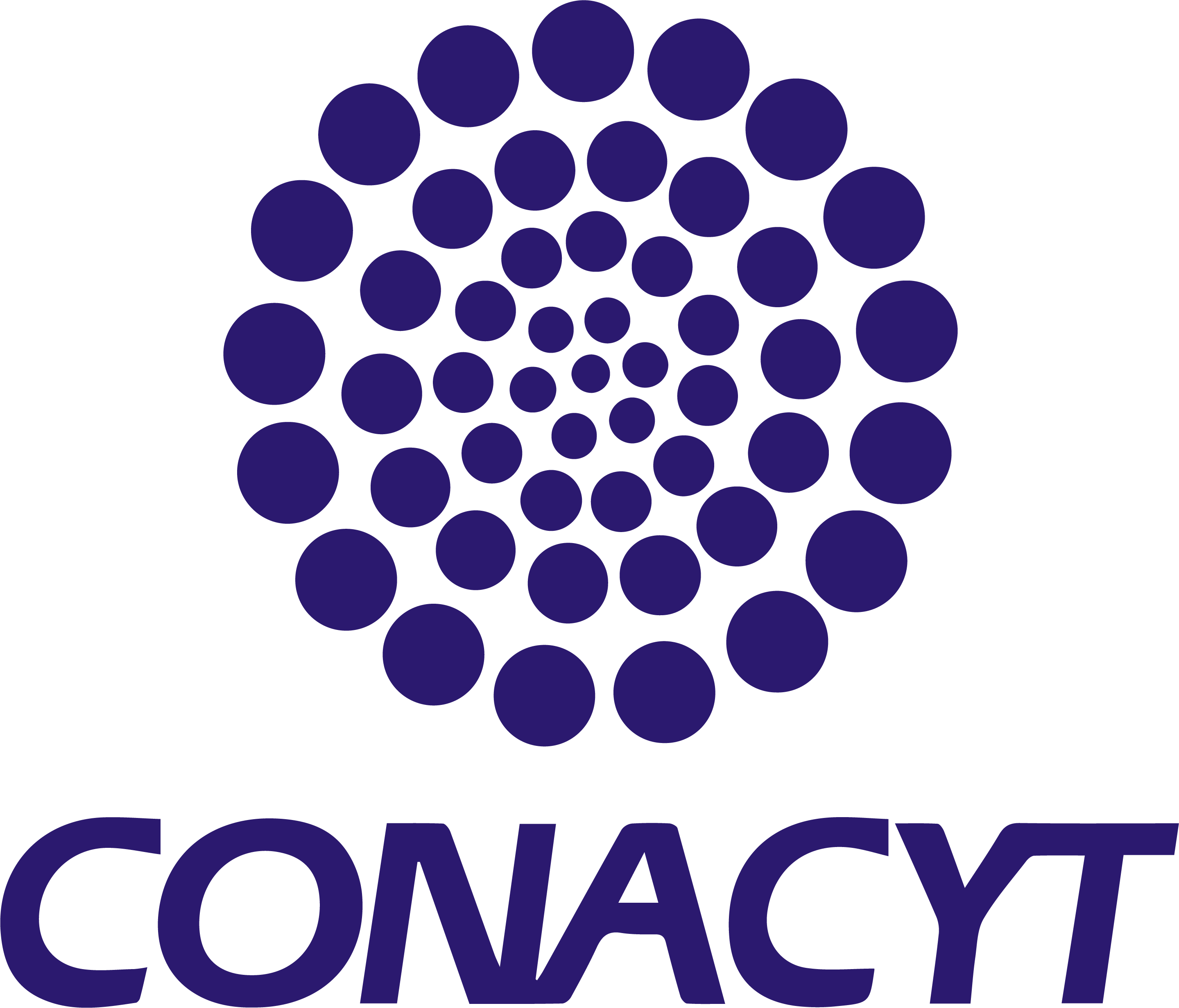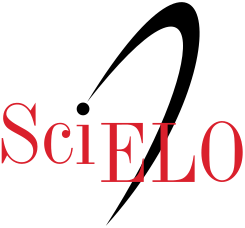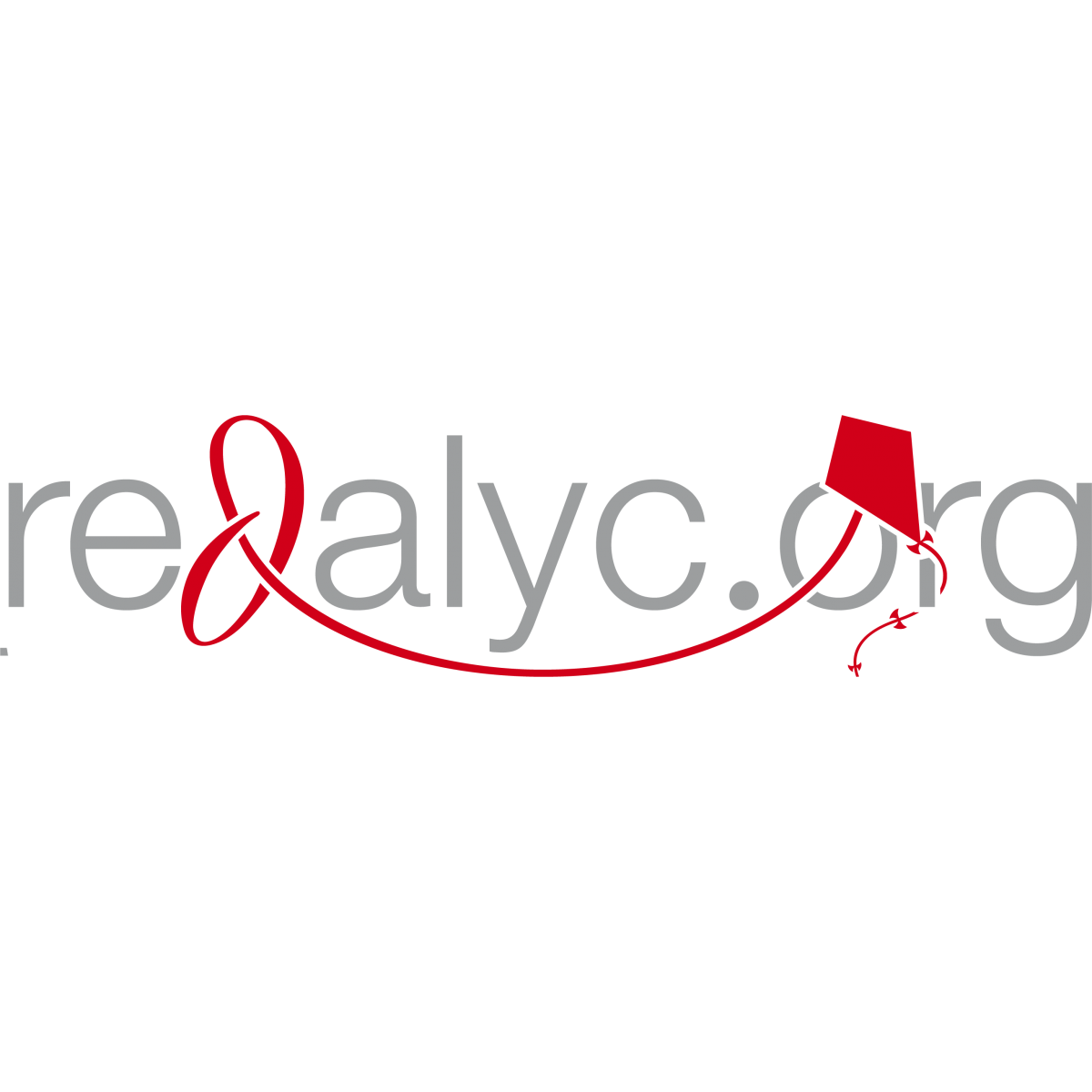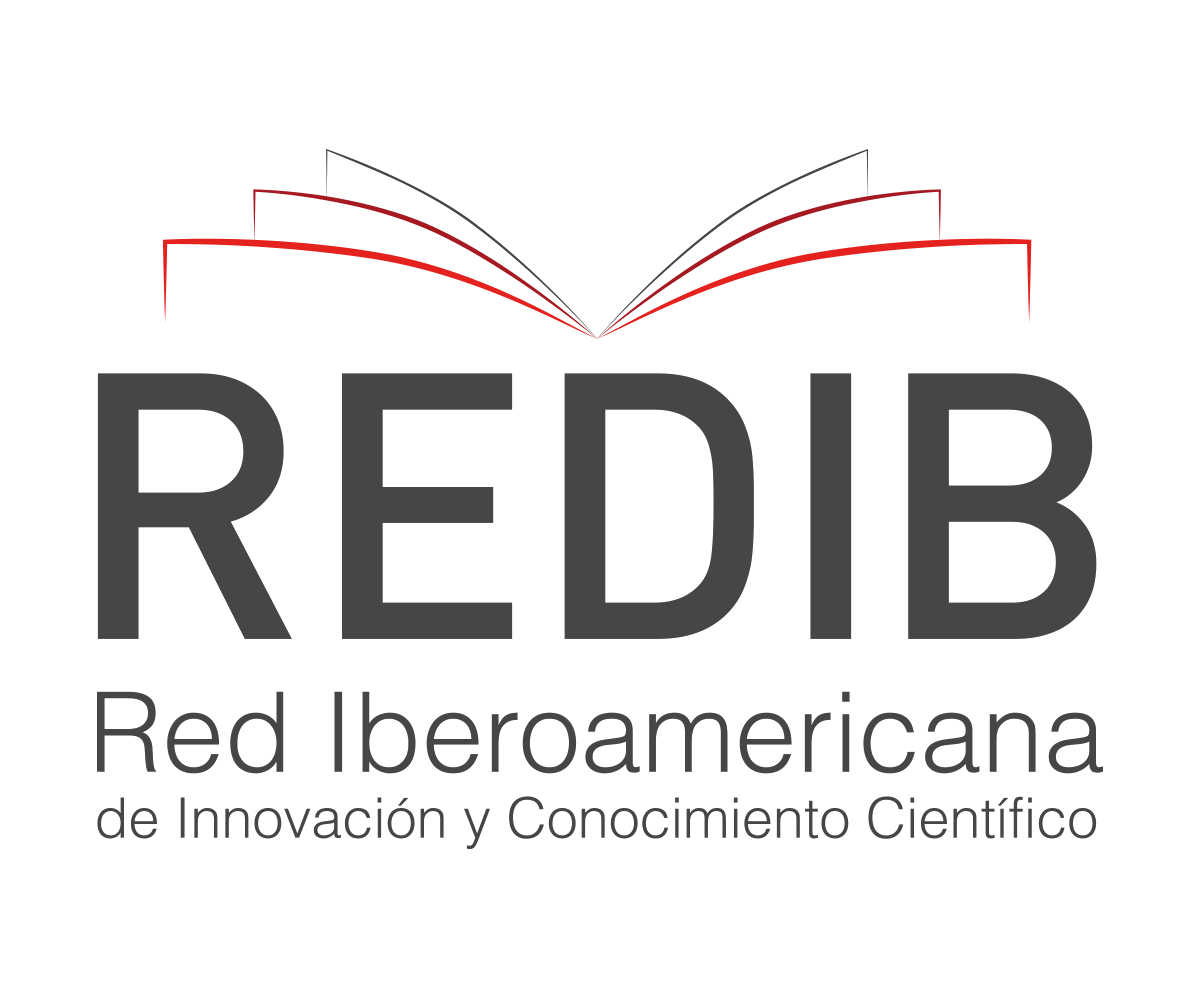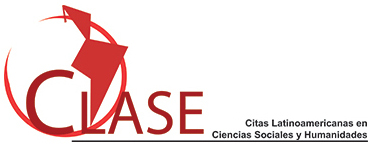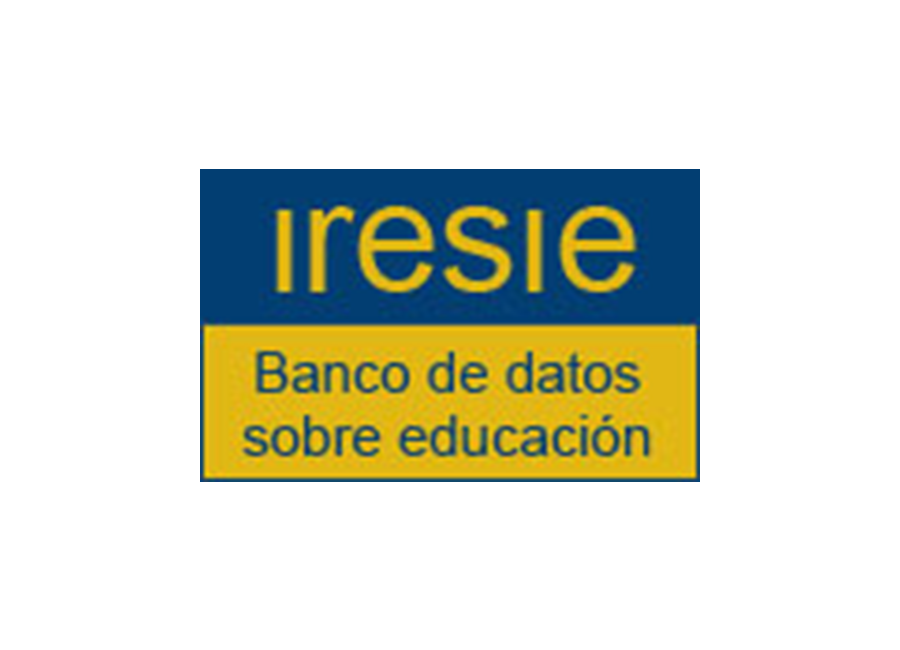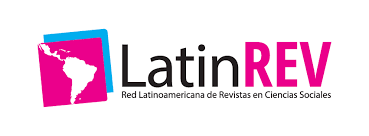Higher education markets in Oaxaca: Shifts and continuities during the 2018–2024 administration
DOI:
https://doi.org/10.31391/SARZ1535Keywords:
higher education, access to education, educational opportunities, educational policy, regional imbalancesAbstract
This paper analyzes the socio-spatial transformations of higher education markets in the state of Oaxaca, Mexico, during the 2018–2024 presidential term, from the perspective of the geography of educational markets. Based on data from institutional sources, maps of higher education markets were developed for the state’s eight regions at both the beginning and end of the period, to compare changes in the provision of tertiary education. Data were collected on school-based higher education offerings (normal schools and bachelor's degrees), as well as on the type of administrative control (public or private). Additionally, the distribution of enrollment was analyzed at the state level, disaggregated by administrative control and gender. The results show a general increase in both the availability and enrollment in higher education; however, this growth is uneven and marked by territorial disparities: regions with a high concentration of institutions coexist with others offering few or no educational opportunities. The study concludes that, despite the overall expansion of educational offerings and enrollment, and certain advances in coverage and decentralization, there was no structural transformation of the higher education markets in Oaxaca during the 2018–2024 period.
Downloads
References
Acosta, A. (2024). Un futuro posible: regulación, gobernanza y autonomía. En E. Cabrero Mendoza y C. I. Moreno. El futuro de la política de educación superior en México. Los rezagos y las oportunidades (pp. 39-62). Universidad de Guadalajara. https://iippg.cucea.udg.mx/sites/default/files/adjuntos/El%20futuro%20de%20la%20poli%CC%81tica%20de%20educacio%CC%81n%20superior_con%20semblanza.pdf
Acosta, A. (2020). La educación superior en la era de la 4T. En R. Becerra y J. Woldenberg (coords.). Balance temprano. Desde la izquierda democrática (pp. 01-24). Grano de Sal.
Álvarez, G. (2024). Informe nacional México. En J. J. Brunner- Educación superior en Iberoamérica. Informes nacionales (pp. 141-264). Centro Interuniversitario de Desarrollo. https://cinda.cl/wp-content/uploads/2024/10/Educacion-Superior-en-Iberoamerica-2024-Informe-Mexico.pdf?datetime=1729642244
Argüello, F., Segura, G. y Vilchis, I. (2021). La Nueva Ley General de Educación Superior de 2021 en el contexto de la 4T. Reencuentro. Análisis de Problemas Universitarios, vol. 33, núm. 81, pp. 29-44. https://reencuentro.xoc.uam.mx/index.php/reencuentro/article/view/1103
Bautista, E. y Briseño, M. L. (2023). La desigualdad en la educación superior ante la crisis pandémica: una perspectiva desde Oaxaca. Reencuentro. Análisis de Problemas Universitarios, vol. 35, núm. 85, pp. 179-196. https://reencuentro.xoc.uam.mx/index.php/reencuentro/article/view/1185
Bourdieu, P. (2000). Las formas del capital: capital económico, capital cultural y capital social. En Poder, derecho y clases sociales (pp. 131-164). Desclée de Brouwer.
Brain, I. y Prieto, J. (2021). Understanding changes in the geography of opportunity over time: The case of Santiago, Chile. Cities, vol. 114, pp. 1-22. https://doi.org/10.1016/j.cities.2021.103186
Consejo Nacional de Población (Conapo) (2020). Índices de marginación por municipio 2020. https://www.gob.mx/conapo/documentos/indices-de-marginacion-2020-284372
Consejo Nacional de Población (Conapo) (2018). Sistema Urbano Nacional 2018. https://www.gob.mx/conapo/documentos/sistema-urbano-nacional-2018
Didou, S. (1997). Descentralización y urbanización del sistema de educación superior: un estado del arte y algunos hechos concretos. Revista Mexicana de Investigación Educativa, vol. 2, núm. 3, pp. 31-44.
Dirección General de Universidades Tecnológicas y Politécnicas (DGUTyP) (2023). Convenio de creación de la Afrouniversidad Politécnica Intercultural. https://dgutyp.sep.gob.mx/Transparencia/U006/2023/Nueva_Creacion/Conv_Creacion_AfroPoliInter.pdf
Gil, M., Mendoza, J., Rodríguez, R. y Pérez, M. J. (2009). Cobertura de la educación superior en México. Tendencias, retos y perspectivas. ANUIES. https://www.ses.unam.mx/publicaciones/libros/L30_cobertura/Cobertura.pdf
Gobierno de México (2019). Plan Nacional de Desarrollo 2019-2024. Diario Oficial de la Federación. https://www.dof.gob.mx/nota_detalle.php?codigo=5565599&fecha=12/07/2019#gsc.tab=0
González, J. L., Mejía, G. y Pérez, T. A. (2022). Justicia espacial y derecho a la educación superior en Oaxaca: hacia una propuesta analítica de la oferta educativa. Argumentos. Estudios Críticos de la Sociedad, vol. 35, núm. 100, pp. 179-196. https://www.doi.org/10.24275/uamxoc-dcsh/arguAmReGnUtoMs/E2N02T2O1S0 0 3-058
Hillman, N. (2019). Place matters: A closer look at education deserts. Third way: USA. https://www.thirdway.org/report/place-matters-a-closer-look-at-education-deserts
Instituto Nacional de Estadística y Geografía (INEGI) (2024). Red Nacional de Caminos. https://www.inegi.org.mx/programas/rnc/#descargas
Lloyd, M. (2024). Universidades interculturales y las Universidades para el Bienestar Benito Juárez García. En G. Cruz y A. Gallardo (coords.). La educación en el sexenio 2018-2024. Miradas desde la investigación educativa (pp. 272-281). https://www.iisue.unam.mx/publicaciones/libros/la-educacion-en-el-sexenio-2018-2024
López, N. y Reyes, O. J. (2017). El acceso a la educación superior: el caso de jóvenes indígenas de Oaxaca y Guerrero. Revista Electrónica Educare, vol. 21, núm. 2, pp. 1-25. https://doi.org/10.15359/ree.21-2.18
Maldonado, A. (2024). Detener la negligencia: ¿qué hacer con las “Universidades para el Bienestar Benito Juárez García"? En E. Cabrero y C. Moreno (comps.). El futuro de la política de educación superior en México. Los rezagos y las oportunidades (pp. 197-221). https://iippg.cucea.udg.mx/sites/default/files/adjuntos/El%20futuro%20de%20la%20poli%CC%81tica%20de%20educacio%CC%81n%20superior_con%20semblanza.pdf
Márquez, A. y Alcántara, A. (2019). Entre lo público y lo privado: acceso y equidad en la educación superior en México y Brasil, 2000-2016. Revista de Sociología de la Educación, vol. 12, núm. 2, pp. 266-286. http://dx.doi.org/10.7203/RASE.12.2.14873
Mejía, G., González, J. L. y Pérez, T. A. (2023). Equidad y geografía de las oportunidades en México: la distribución territorial de los mercados de educación superior en Oaxaca. Archivos Analíticos de Políticas Educativas, vol. 31, núm. 78, pp. 1-21. https://doi.org/10.14507/epaa.31.7269
Mendoza, J. (2022). La educación superior en México. Expansión, diversificación y financiamiento en el periodo 2006-2021. Universidad Nacional Autónoma de México-Instituto de Investigaciones sobre la Universidad y la Educación.
Mendoza, J. (2018). Situación y retos de la cobertura del sistema educativo nacional. Perfiles Educativos, vol. 11, número especial, pp. 11-52. https://www.iisue.unam.mx/perfiles/articulo/2018-e-situacion-y-retos-de-la-cobertura-del-sistema-educativo-nacional.pdf
Miller, D. (2021). El Programa de Becas para el Bienestar Benito Juárez. En G. Guevara (coord.). La regresión educativa. La hostilidad de la 4T contra la ilustración (pp. 215-246). Grijalbo.
Quiroz, M. E. y Ochoa, M. J. (2015). Equidad y condiciones estructurales del sistema de educación superior de Oaxaca. XIII Congreso Nacional de Investigación Educativa. Chihuahua, 16-20 noviembre. https://www.comie.org.mx/congreso/memoriaelectronica/v13/doc/0703.pdf
Reyes, O. J. y López, N. (2015). Problemas y desafíos en la educación superior: el caso de los estudiantes indígenas de la región costa del estado de Oaxaca. Temas de Ciencia y Tecnología, vol. 19, núm. 56, pp. 39-48. http://www.utm.mx/edi_anteriores/temas56/T56_1E5_Desafios.pdf
Secretaría de Educación Pública (SEP) (2024a). Sistema Interactivo de Consulta de Estadística Educativa. https://www.planeacion.sep.gob.mx/principalescifras/
Secretaría de Educación Pública (SEP) (2024b). Principales cifras del Sistema Educativo Nacional 2023-2024. Dirección General de Planeación, Programación y Estadística Educativa. https://www.planeacion.sep.gob.mx/Doc/estadistica_e_indicadores/principales_cifras/principales_cifras_2023_2024_bolsillo.pdf
Secretaría de Educación Pública (SEP) (2020). Programa Sectorial de Educación 2020-2024. Diario Oficial de la Federación. https://www.planeacion.sep.gob.mx/Doc/planeacion/mediano_plazo/pse_2020_2024.pdf
Secretaría de Educación Pública (SEP) (2019). Principales cifras del Sistema Educativo Nacional 2018-2019. Dirección General de Planeación, Programación y Estadística Educativa. https://www.planeacion.sep.gob.mx/Doc/estadistica_e_indicadores/principales_cifras/principales_cifras_2018_2019_bolsillo.pdf
Socio-Economic Database for Latin America and the Caribbean (SEDLAC) (2023). Estadísticas. Banco Mundial. https://www.cedlas.econo.unlp.edu.ar/wp/en/estadisticas/sedlac/estadisticas/#149165425791-920f2d43-f84a
Székely, M. (2013). Educación superior y desarrollo en Oaxaca. Banco Internacional de Reconstrucción y Fomento-Banco Mundial. https://documents1.worldbank.org/curated/pt/228541468049140878/pdf/753270WP0P130800mundial0web0SPANISH.pdf
Taylor, C. (2009). Towards a geography of education. Oxford Review of Education, vol. 35, núm. 5, pp. 651-669.
Taylor, C. (2002). Geography of the ‘new’ education market. Secondary school choice in England and Wales. Routledge.
Universidades del Bienestar Benito Juárez García (UBBJ) (2024). Sedes. https://ubbj.gob.mx/Sedes
Vanderstraeten, R., Louckx, K. y Van der Gucht, F. (2012). Education and geographical differences. The geographical distribution of high- and low-skilled human capital in Belgium, 1961-2001. Journal of Belgian History, vol. 42, núm. 4, pp. 50-73. https://www.journalbelgianhistory.be/en/journal/belgisch-tijdschrift-voor-nieuwste-geschiedenis-xlii20124/education-geographical-differences
Downloads
Published
Issue
Section
License
Copyright (c) 2025 Sinéctica

This work is licensed under a Creative Commons Attribution-NonCommercial 4.0 International License.
This work is licensed under a Creative Commons Attribution-NonCommercial 4.0 International license.
Authors who publish in Sinéctica agree to the following terms:
The authors retain copyright and grant the journal the right of first publication of the authorized work simultaneously under a Creative Commons Attribution License, which allows others to share the work as long as both the authorship of the work and the initial publication in this journal are acknowledged.
Authors may enter into additional separate contractual agreements for non-exclusive distribution of the published version of the journal (e.g., publishing in an institutional repository or a book), with acknowledgement of initial publication in this journal.
Authors are allowed to publish their work in institutional repositories or on their own website before and during the submission process, as it may generate productive exchanges, as well as earlier and greater citation of the published work.
Explanatory note: As of 2017 Sinéctica is governed by the Creative Commons Attribution Non-Commercial 3.0 International License, a version that standardizes licenses internationally.
Articles published between 1992 and 2016 are covered by a Creative Commons Attribution-NonCommercial-NoDerivatives 4.0 International license, which allows a work to be shared and distributed non-commercially and with acknowledgement of the author, but prohibits modification of the original creation.



